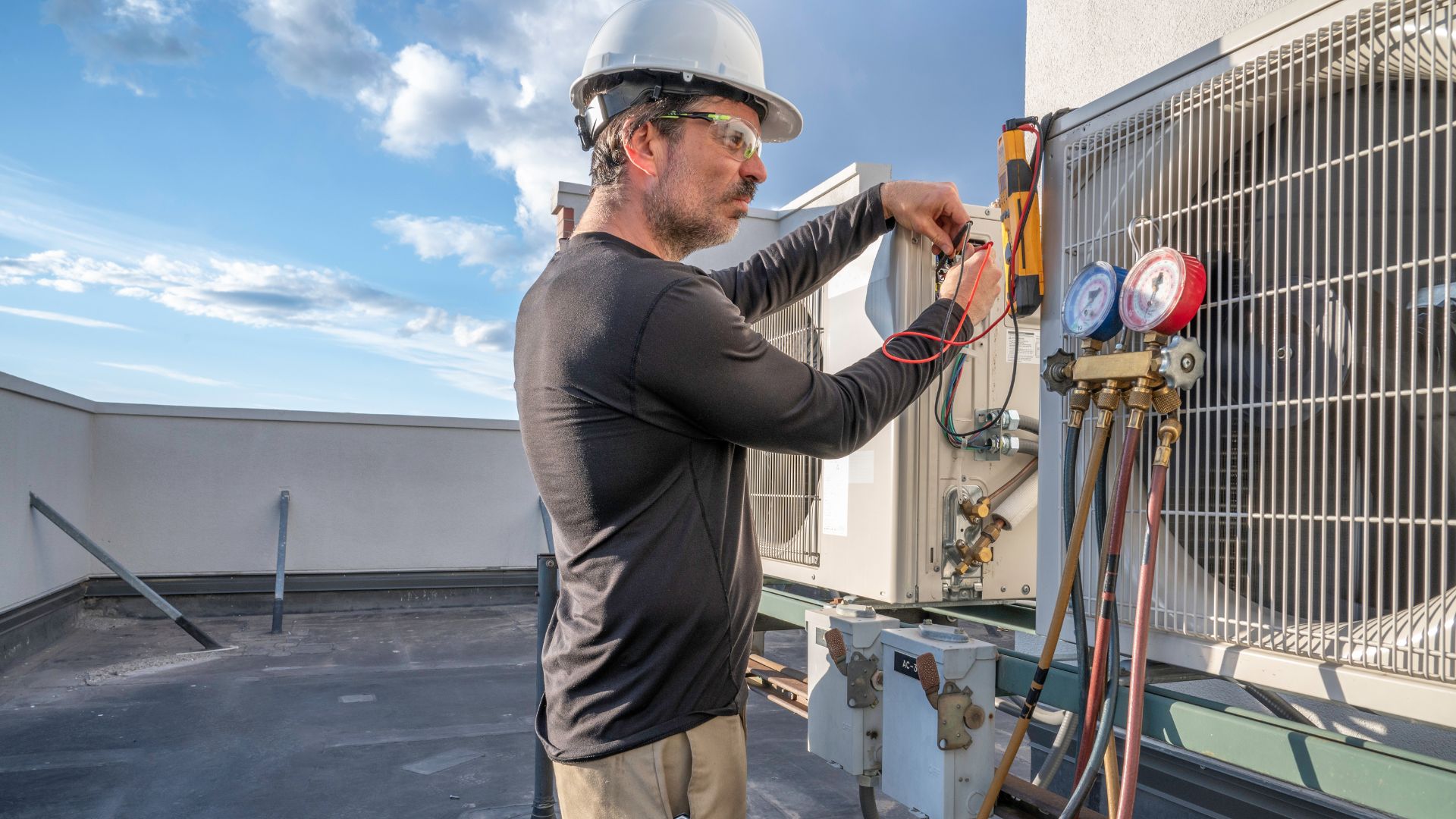Ductless Mini-Split HVAC Systems:
Pros:
- Flexible Installation: Ductless mini-split systems are ideal for homes without existing ductwork. They consist of an outdoor unit connected to one or more indoor air handling units, allowing for easy installation and flexibility in terms of placement.
- Zone Control: Ductless systems offer zone control, meaning you can individually control the temperature in different areas or rooms. This allows for personalized comfort and energy efficiency by only cooling the spaces that are in use.
- Energy Efficiency: Ductless systems are highly energy-efficient because they don’t experience the energy losses associated with ductwork. Each indoor unit operates independently, enabling precise temperature control and reducing wasted energy.
- Improved Indoor Air Quality: With ductless systems, there’s no need to worry about dust, allergens, or contaminants circulating through ductwork. The absence of ducts minimizes the potential for indoor air pollution, promoting cleaner and healthier indoor air quality.
Cons:
- Higher Initial Cost: Ductless mini-split systems can have a higher upfront cost compared to central air conditioning due to the need for multiple indoor units and installation requirements.
- Aesthetics: While indoor units of ductless systems are designed to be sleek and unobtrusive, they still require wall-mounted or ceiling-mounted installations. This may not appeal to everyone’s aesthetic preferences.
- Limited Cooling Capacity: Ductless mini-split systems are suitable for cooling individual rooms or small spaces. They may not be the best choice for cooling larger homes or multiple floors.
Central Air Conditioning:
Pros:
- Effective Cooling for Larger Spaces: Central air conditioning systems are designed to cool entire homes or large areas consistently and efficiently.
- Uniform Temperature Distribution: With a central AC system, cooled air is distributed through ductwork to all rooms, ensuring consistent temperature levels throughout the entire house.
- Potential Cost Savings: While central AC systems may have higher upfront costs, they can offer cost savings in the long run due to their efficiency and ability to cool larger spaces effectively.
Cons:
- Ductwork Issues: Central AC systems rely on ductwork to distribute conditioned air. Ductwork can develop leaks, which lead to energy wastage and decreased cooling efficiency. Regular maintenance and inspections are necessary to keep the ducts in good condition.
- Lack of Zone Control: Central AC systems typically do not offer zone control, meaning you can’t independently control the temperature in different areas. This can result in energy waste if certain rooms or areas don’t require the same level of cooling.
- Installation Challenges: Installing a central AC system requires ductwork installation or modification, which can be complex and time-consuming. It may not be feasible for homes without existing ductwork.
Ultimately, the choice between a ductless mini-split system and central air conditioning depends on your specific needs, budget, and the characteristics of your home. If you have a small space, desire zone control, and value energy efficiency, a ductless mini-split system might be the right choice. On the other hand, if you need to cool larger spaces and prefer a centralized cooling solution, central air conditioning may be more suitable.

